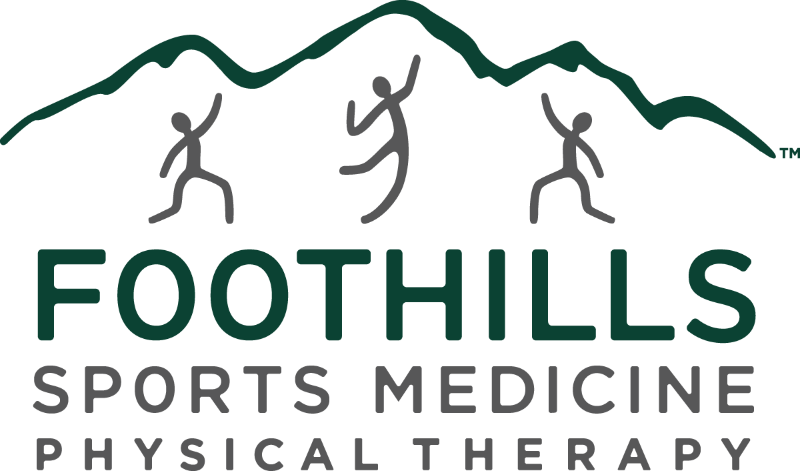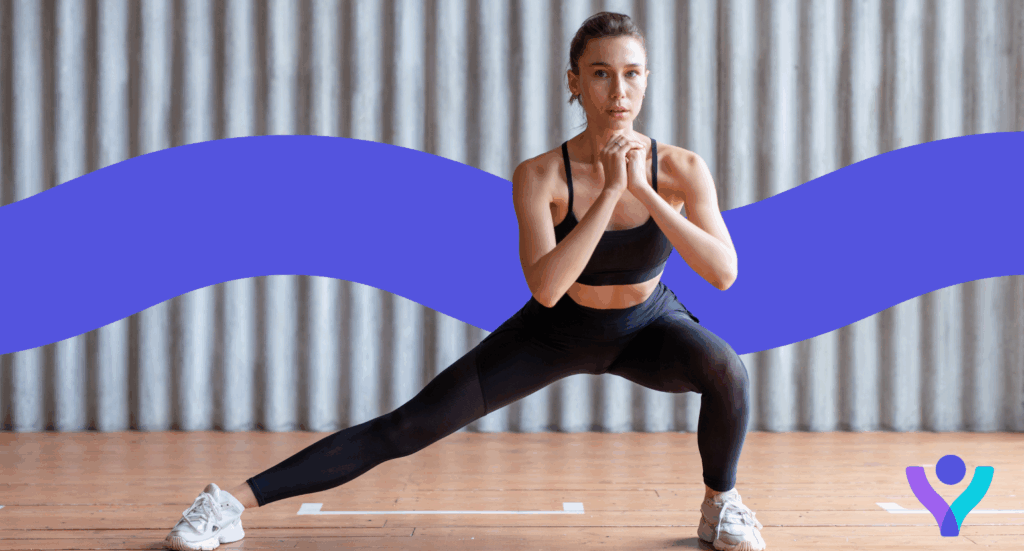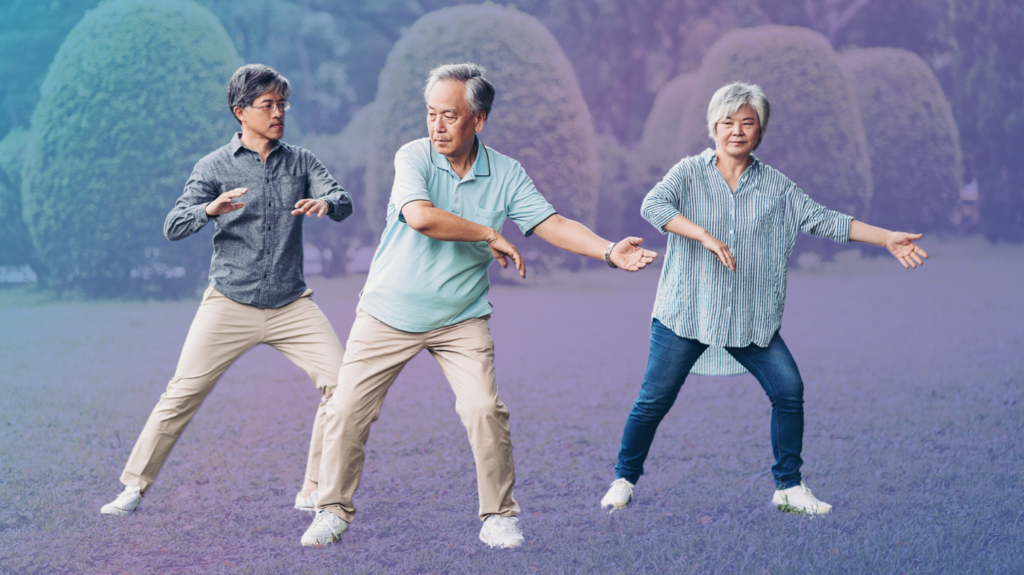When I treated my first patient who had been diagnosed with Complex Regional Pain Syndrome (CRPS), the condition was foreign to me. To say I was overwhelmed would be an understatement. My mind began to race: How am I going to help this person if I can’t even touch their foot? What difference am I going to make? Will she be able to dance again? In the face of these challenges, I sat down, did some research, and gained a better understanding CRPS – then I was able to use my creativity to find a solution.
So how is this condition treated? First, let’s break it down. Complex regional pain syndrome is considered to be a chronic pain condition that usually affects the limbs following an injury or trauma. There are two types of CRPS; CRPS-I and CRPS-II. CRPS-I is found in patients who do not have a nerve injury, whereas patients with CRPS-II do have a nerve injury. However, both of these types usually present with the same symptoms and can be treated in the same way.
Next, a therapist needs to consider what their patient is feeling. CRPS can cause a variety of symptoms, but all patients with the condition are in constant pain. This pain can feel like ‘pins and needles’, or it can be a burning sensation. Your patient’s pain can also feel worse when even minimal touch is applied due to increased sensitivity. Additionally, pain can travel to larger portions of the limb, and even to the limb on the opposite side of the body.
My patient’s sensitivity was extremely heightened, and even the lightest of touches caused pain. She was losing range of motion, had increased swelling, and increased pain. She was only able to walk with crutches on both sides, and could not put any weight on her lower limb. This would be difficult for any patient to deal with, but this was particularly hard on my patient because she was a competitive dancer who needed to be flexible and constantly on her feet. She did not have any nerve damage and was diagnosed with CRPS-I following a simple sprained ankle.
This caused my initial concern – how can I treat her ankle if I can’t even touch her foot? That’s when I came across mirror therapy (MT). Mirror therapy is often associated with patients that have has amputations and are experiencing phantom limb pain, or pain and sensation in an area where the limb was removed and is no longer there. Some research on mirror therapy provided evidence that MT could be beneficial for patients with CRPS. Using a mirror box, you place the affected (painful/injured) limb into the box, and the unaffected limb facing the mirror. The therapy session begins by initiating movement in the unaffected limb, and the patient can see its reflection in the mirror as it moves, which gives the appearance that the affected limb is also moving. The patient receives visual feedback telling them they can move the affected limb without feeling pain. Essentially we are tricking our brain into reorganizing itself and forming new connections. The brain’s amazing ability to adapt and create new pathways is called neuroplasticity.
After reading the research that showed patients had positive responses patients to this treatment, I decided to give mirror therapy a try. I went out to get the supplies, picked up a mirror box, watched several videos on how to make them, and came up with a design. Now it was time to implement the treatment. My patient and I began with small movements of the unaffected limb in the mirror and eventually worked into full range of motion. We combined this treatment with sensory integration and gait training. With these techniques, she was able to gain more range of motion, decrease the hypersensitivity, and increase weight bearing. The MT techniques increased as well – we were able to incorporate active range of motion and greater movement of the affected limb while in the mirror box. Within a couple of weeks, my patient was making progress towards her prior level of function, and it was a very exciting time for her. Soon she was able to get off her crutches and walk normally. Our next step was getting her back to dancing. We implemented sport-specific exercises and she continued to make major advancements toward her goals. Although mirror therapy was not the only technique we used in returning her to competitive dance, I do believe it made a difference in the process. The patient was able to return to what she loved, and I was able to learn a valuable technique which I have since used multiple times.
If you have more questions about complex regional pain syndrome and/or mirror therapy, please contact your nearest Foothills Sports Medicine physical therapy clinic today. We would be happy to help you get back to your favorite activities!
References:
Cacchio, A., Blasis, E. D., Blasis, V. D., Santilli, V., & Spacca, G. (2009). Mirror Therapy in Complex Regional Pain Syndrome Type 1 of the Upper Limb in Stroke Patients. Neurorehabilitation and Neural Repair, 23(8), 792-799. doi:10.1177/1545968309335977
“Complex Regional Pain SyndromeFact Sheet”, NINDS, Publication date June 2013.
NIH Publication No. 13-4173
Definition of Neuroplasticity. (2012, June 14). Retrieved August 06, 2016, from https://www.medicinenet.com/script/main/art.asp?articlekey=40362
Lowe, R. (2015, March 7). Mirror Therapy. Retrieved August 06, 2016, from https://www.physio-pedia.com/Mirror_Therapy
Complex Regional Pain Syndrome and Mirror Therapy




